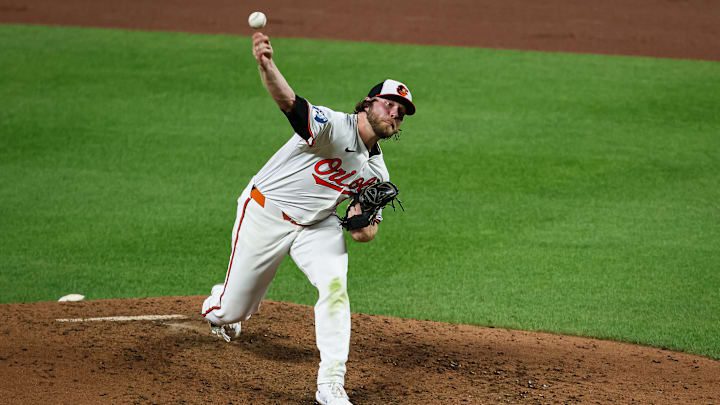It has been a long time since the Orioles have been subject to MLB's luxury tax. Nearly 25 years, in fact.
First implemented in the 1996 CBA, the Orioles led the league in luxury tax dollars paid between 1997-1999, forking over $10.6 million in total. Just 8 teams were forced to pay the tax in that timeframe, with the Yankees being the only other organization to contribute more than $3 million.
Since the turn of the century, the Orioles' payroll commitments have tanked. The O's have started a season with a top-10 payroll just twice since 2001- they were 9th in 2016 and 10th in 2017. However, they haven't finished a season with a top-10 payroll since 2000.
Things took an embarrassing turn after Peter Angelos stepped aside due to failing health. After Angelos' sons John and Louis took over the O's became a laughingstock, refusing to spend money on payroll despite being tabbed as one of the most profitable organizations in the sport.
Thankfully the Orioles have a new ownership group, with David Rubenstein having purchased the club from the Angelos family this past winter. Thus far, Rubenstein hasn't demanded that GM Mike Elias drastically increase payroll but one has to hope that he's at least increased the budget that Elias has to work with.
How will trade deadline plans affect Orioles' future payroll decisions
As it stands, the Orioles still have one of the lowest payroll figures in MLB. They entered the 2024 season with just $92.9 million in payroll commitments, good for 26th in the league. Felix Bautista is the only player on the roster with a guaranteed contract for 2025, and even that is for just $1 million.
So needless to say, the Orioles have a ton of cap space to work with. While Elias and Sig Mejdal might have been given carte blanche to increase the team's payroll under Rubenstein, they haven't shown a penchant for spending gobs of money on players in the past. They're much more inclined to employ frugality in their roster construction, and it's tough to question the process with as much success as they've had recently.
The Orioles should have plenty of wiggle room to add necessary pieces at the trade deadline, but the players they've been linked to to this point don't carry substantial contracts. Players like Tarik Skubal and Jesus Luzardo are still arbitration eligible and even a longshot like Jack Flaherty will be a free agent after this season.
Once we get to the offseason, the payroll calculus changes slightly. Corbin Burnes, who is currently making just over $15 million, will be a free agent, as will stalwart outfielder Anthony Santander who's currently making a touch under $12 million in his final year of arbitration. Both of those roster spots will need to be addressed in the offseason, one way or another.
They'll also have James McCann's $12 million coming off the books, as well as a club option for closer Craig Kimbrel worth $13 million. Those two might be easier decisions than either Burnes or Santander but they'll still create roster holes.
Ultimately, if the Orioles are able to bring in a top tier pitcher at the deadline, the need to re-sign Burnes diminishes slightly. But Burnes has been so good in Baltimore that one has to assume that he'll be a top priority this winter anyway.
Regardless of what happens, the Orioles are roughly $140 million below the CBT line right now. There's zero chance they'll approach the tax figure this year and essentially no chance they'll get their in 2025 either.
